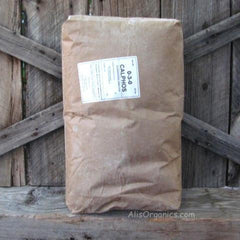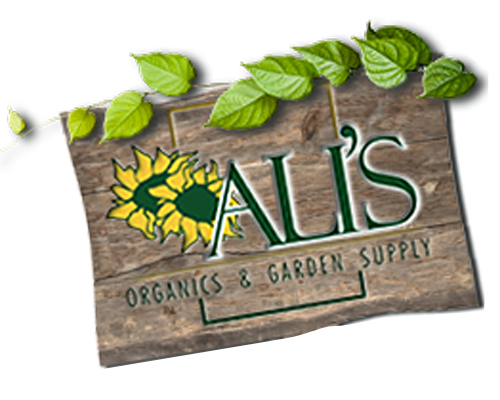Making Your Dirt Living Soil
Posted September 11, 2012

The most dramatic way to improve your garden is to improve its soil. As you build your soil your plants will be healthier, look better and produce better. Pest problems will be reduced by building up your soil. Vigorous, healthy plants have a greater ability to fight off pests and diseases. Just like us. The healthier we are the less likely we are to have sicknesses. I have always said "Feed the soil that feeds the plants that feeds you". When I say 'build' or 'feed' the soil I am talking about doing it organically. The soil is living. There are micro organisms, good bacteria, good fungus making a home in your garden. You don't want to kill them with synthetics. Synthetics brake down rather then build up the soil.
Soils in hotter climates use up nutrients faster then in cooler, milder climates. Late fall or early spring add phosphorous such as soft rock phosphate or bone meal and potassium (potash) such as my favorite Greensand. Till your soil deeply. Most tillers only till 6-8" for mini tillers and 8-12" for full size tillers. After a 4 to 5 years a hardpan can develop, so its a good idea to dig deep and brake through that layer that hasn't been tilled. I pick a couple of beds a year so the hard work isn't all at once. Once you have tilled your newly amended soil, rake the surface smooth. If you have prepared your soil in the fall you can 'fluff' your soil with a quick till. Don't overwork the soil. If you plan on using soaker hose, drop tape or other irrigation systems, now is the time to put it into place. Now you have to manage your soil. You will need to fertilize through the growing season. How often will depend on each plants specific needs. Leafy greens need more nitrogen such as Blood Meal, tomatoes, pepper and squash need more phosphorous such as Bone Meal. Find the needs of each vegetable. I like to fertilize with Kelp Meal throughout the growing season in addition. Kelp is an excellent soil conditioner. It supplies micro nutrients and increases resistance to stress. Apply compost all season as a mulch to add nutrients, keep the roots cooler and help conserve water. Remember......Every time we take from the garden we need to give back. You can't add once to your soil and expect it to keep giving. You like to eat to live and so do your plants.



Comments (0 Comments)
There are no comments.
Post Comment